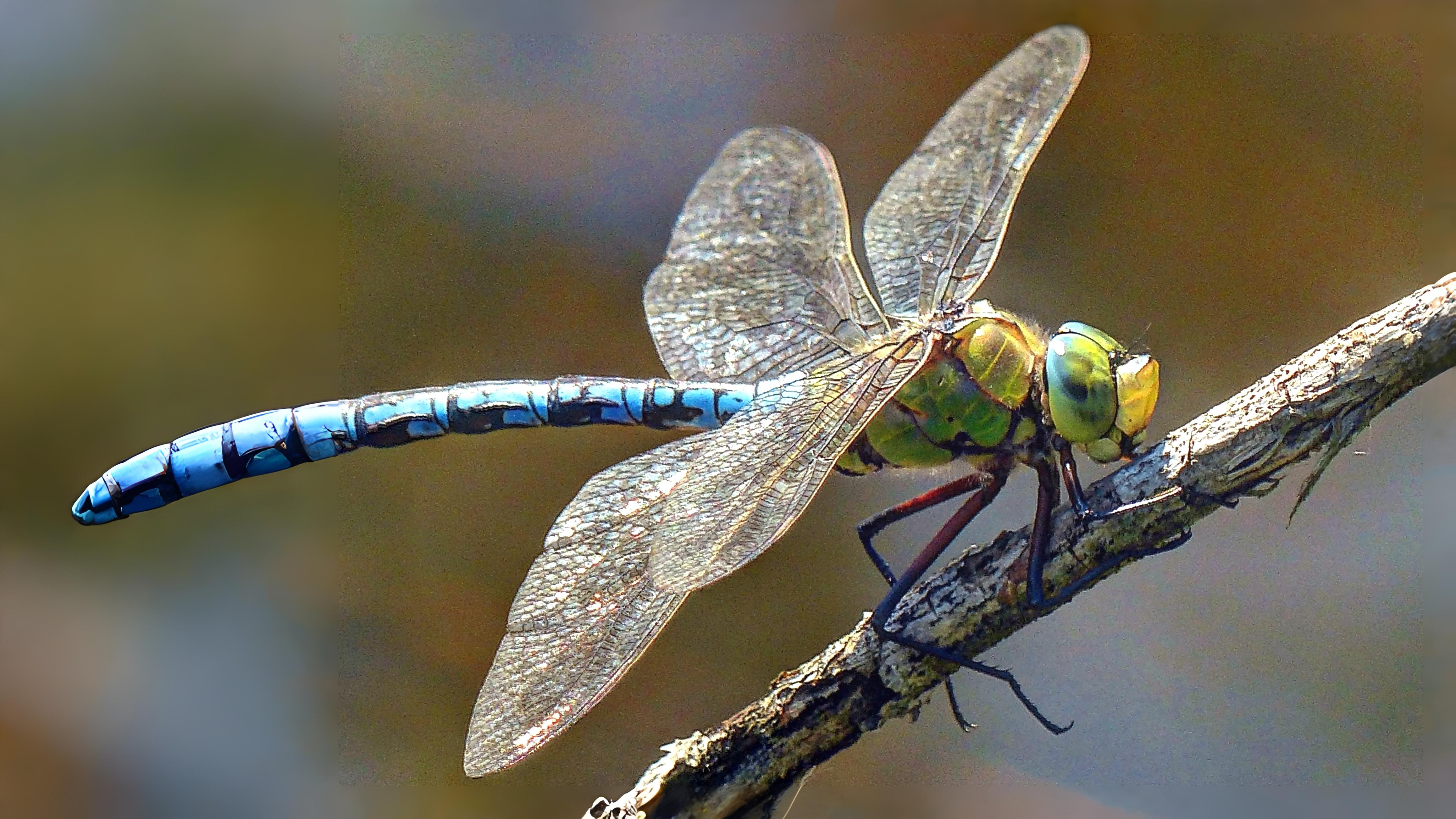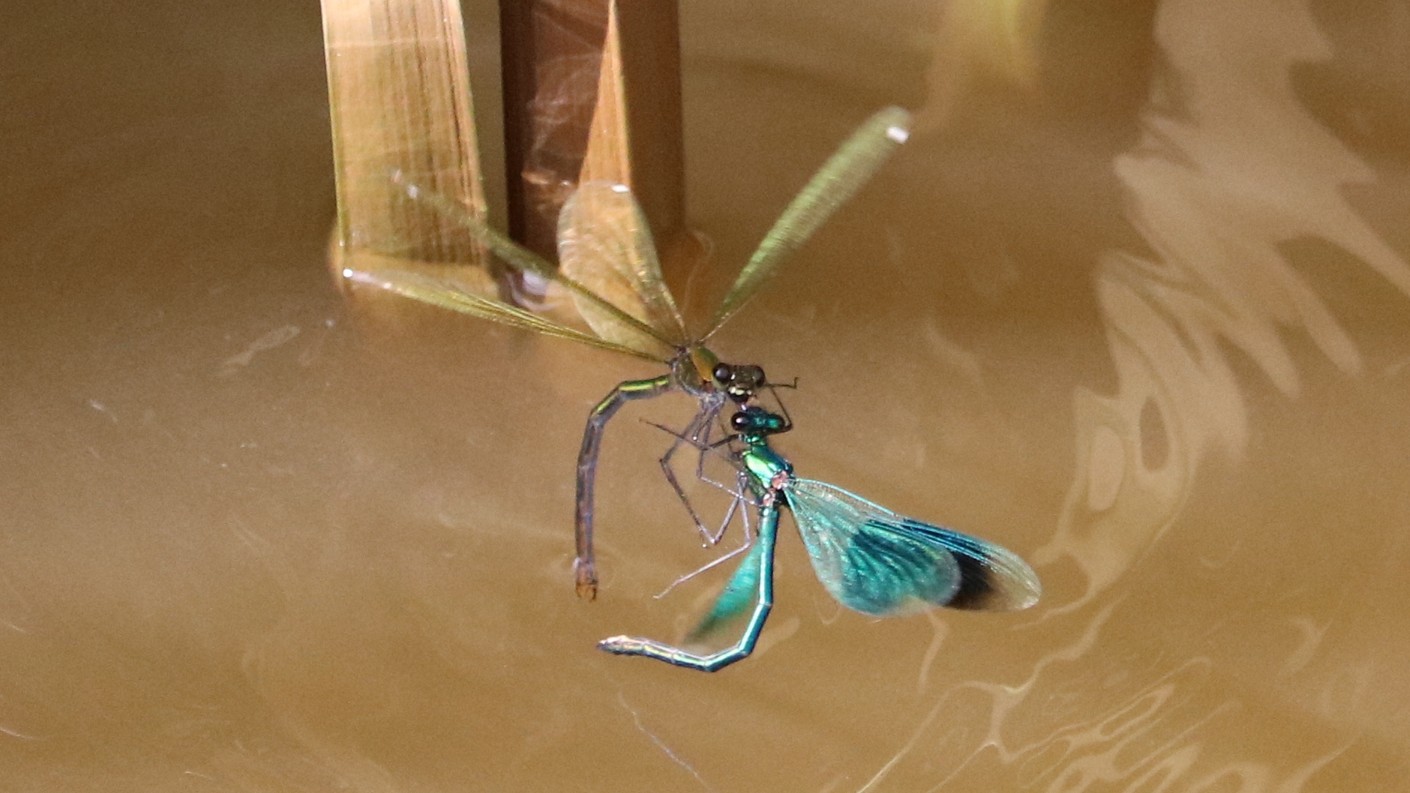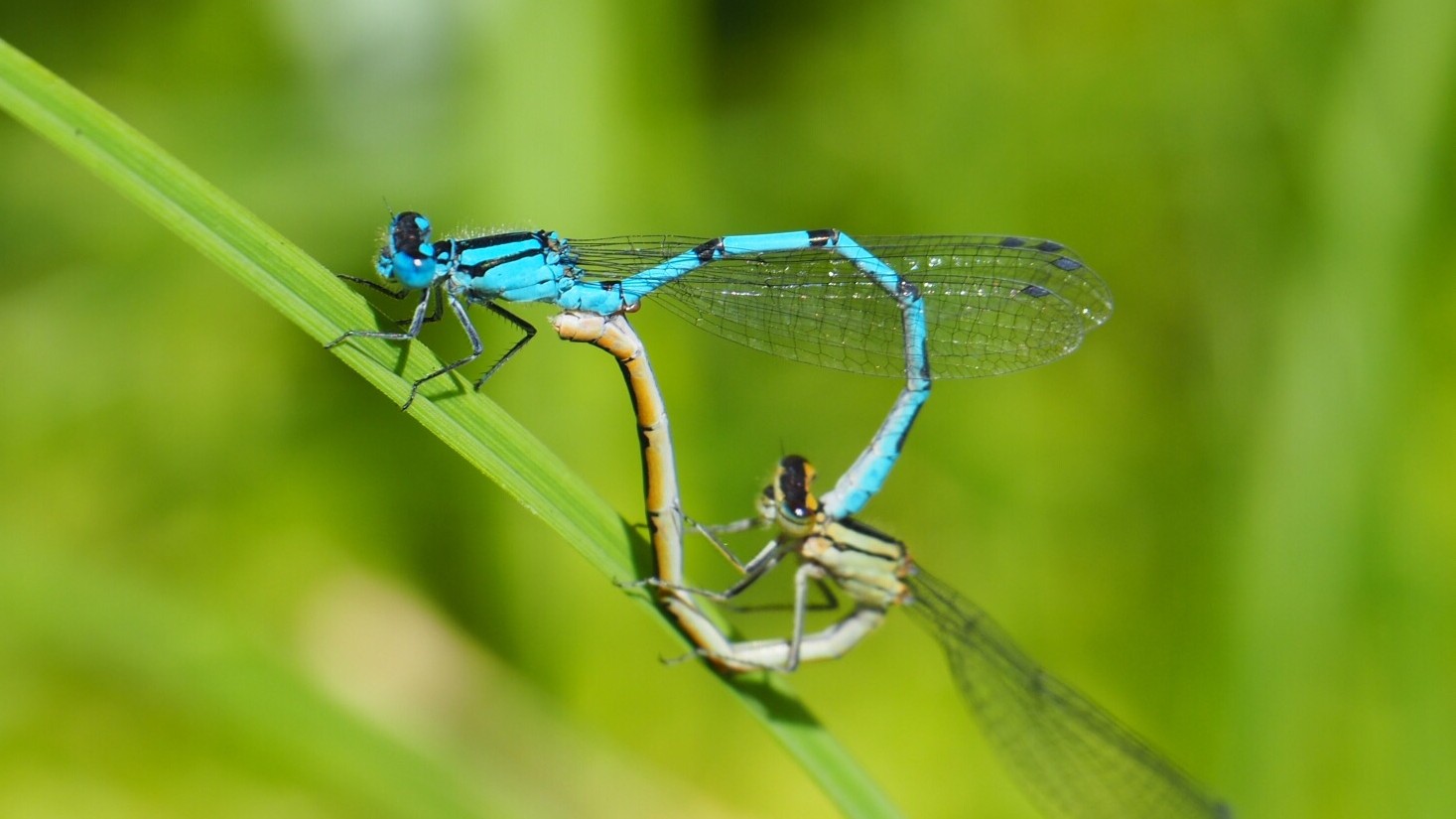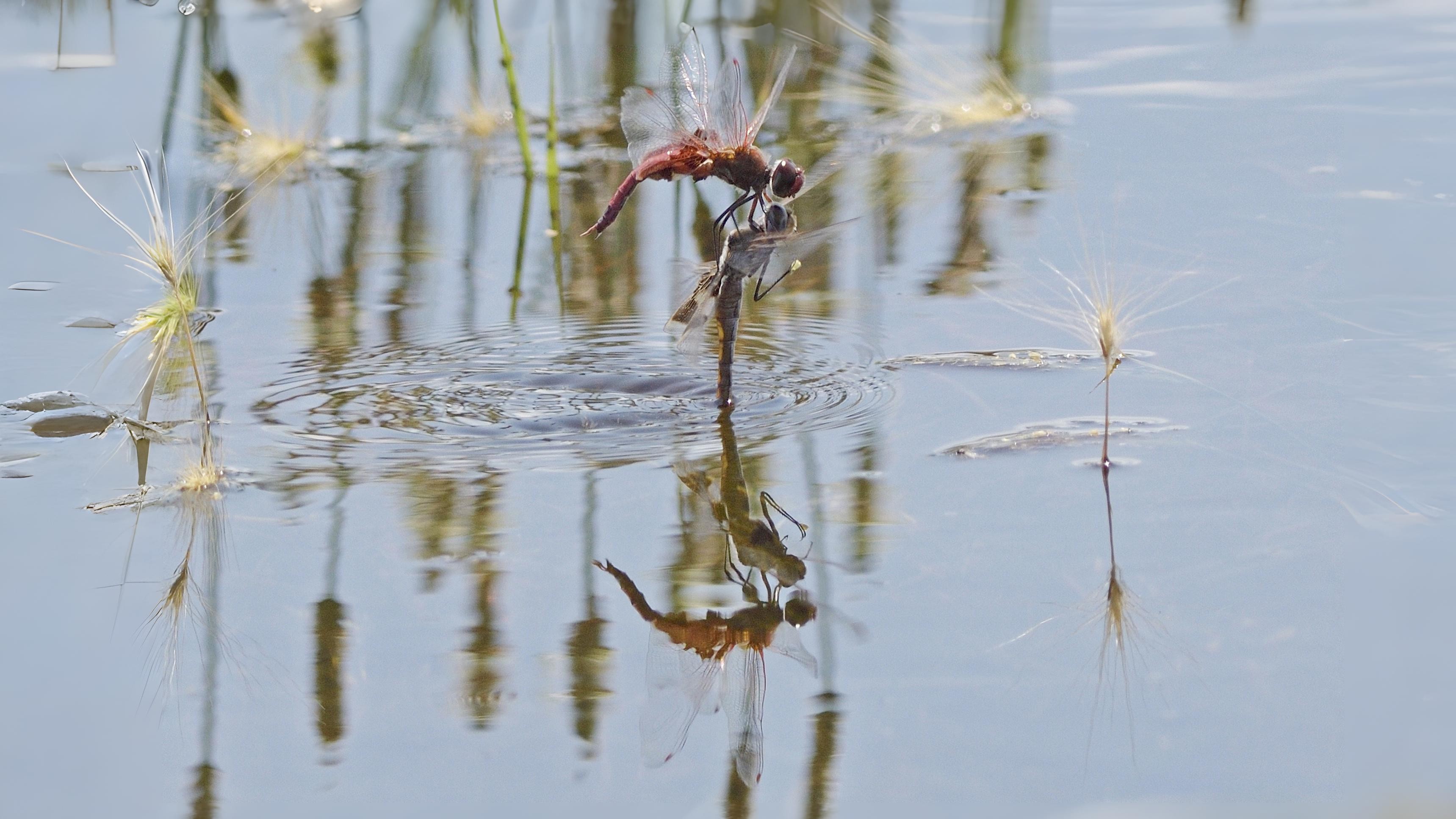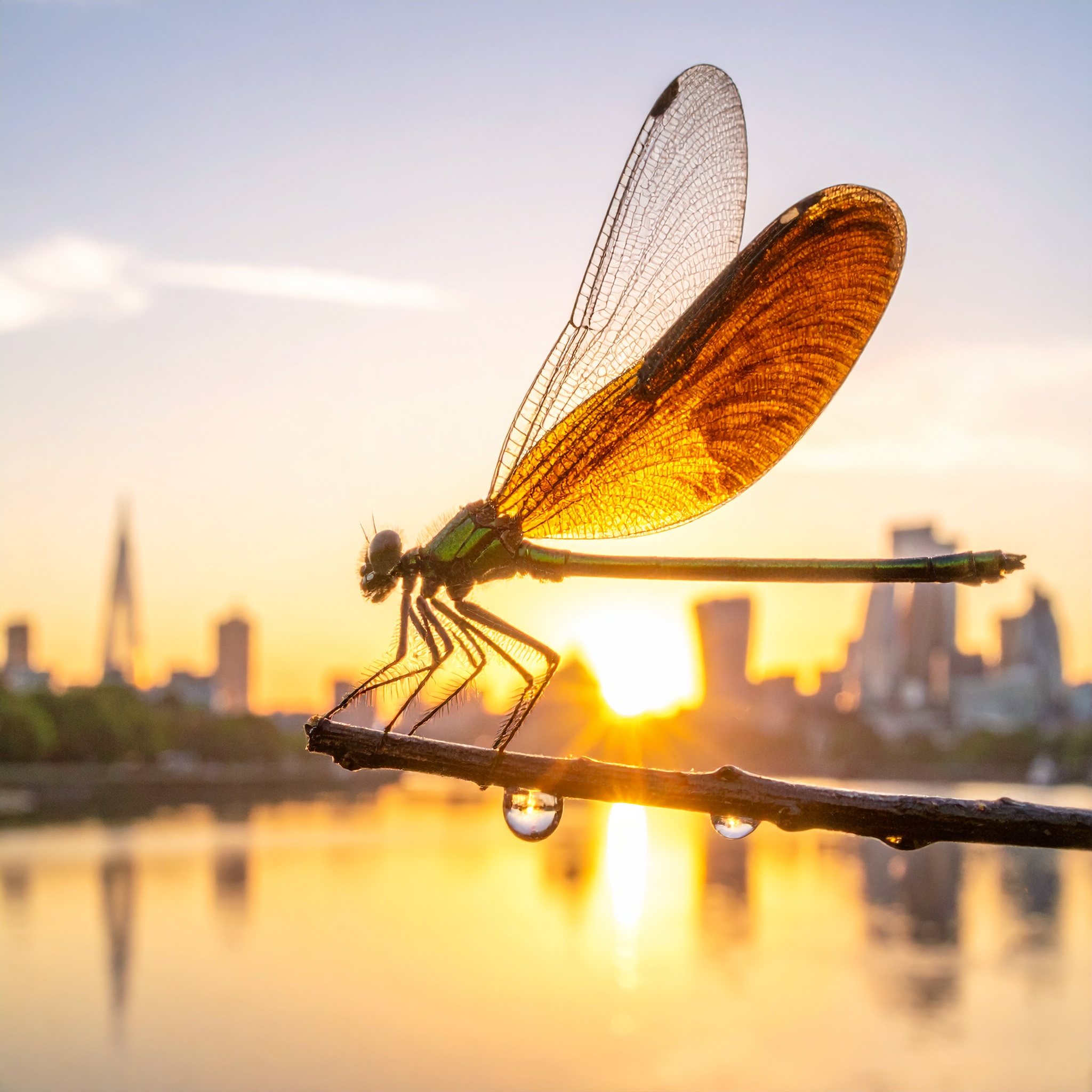
Did you know dragonflies ruled the skies when dinosaurs walked the earth? This July, London’s wetlands come alive with these aerial acrobats—from iridescent demoiselles performing courtship dances to migrating swarms so dense they resemble drifting snow. Discover where to spot emerald damselflies mating underwater for 30 minutes, and why male dragonflies often attack each other mid-air. Return July 25 to unravel the secrets of these prehistoric predators still patrolling our ponds today.




Dragonflies were the dominant insect when dinosaurs rules the earth. These were the so-called ‘dawn dragonflies’ which flew in the Carboniferous period three hundred million years ago. Dragonflies today are usually brightly coloured, with metallic blues and greens, often with some stripes and spotting. They also usually have clear, but occasionally amber-coloured and multi-veined wings.


